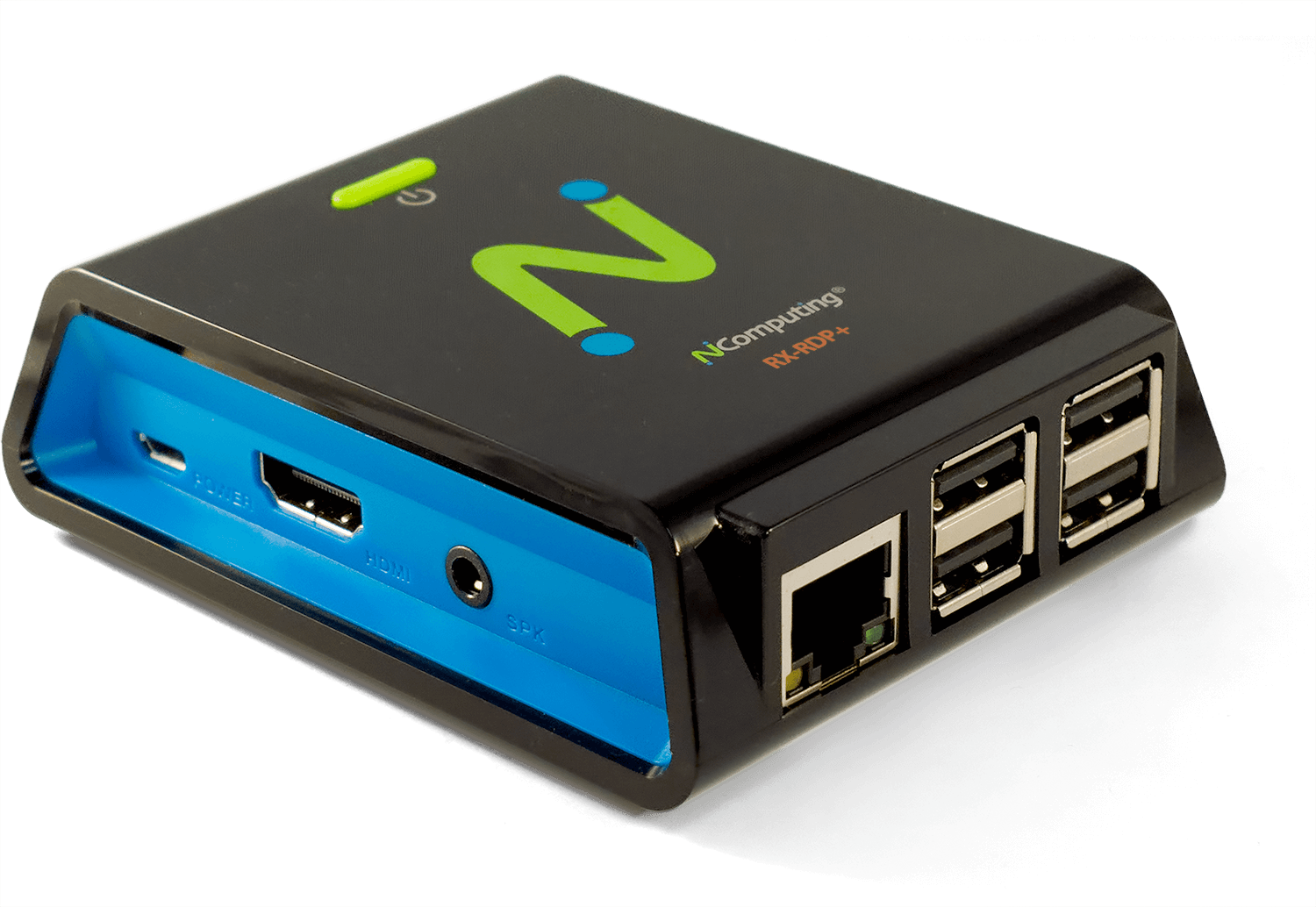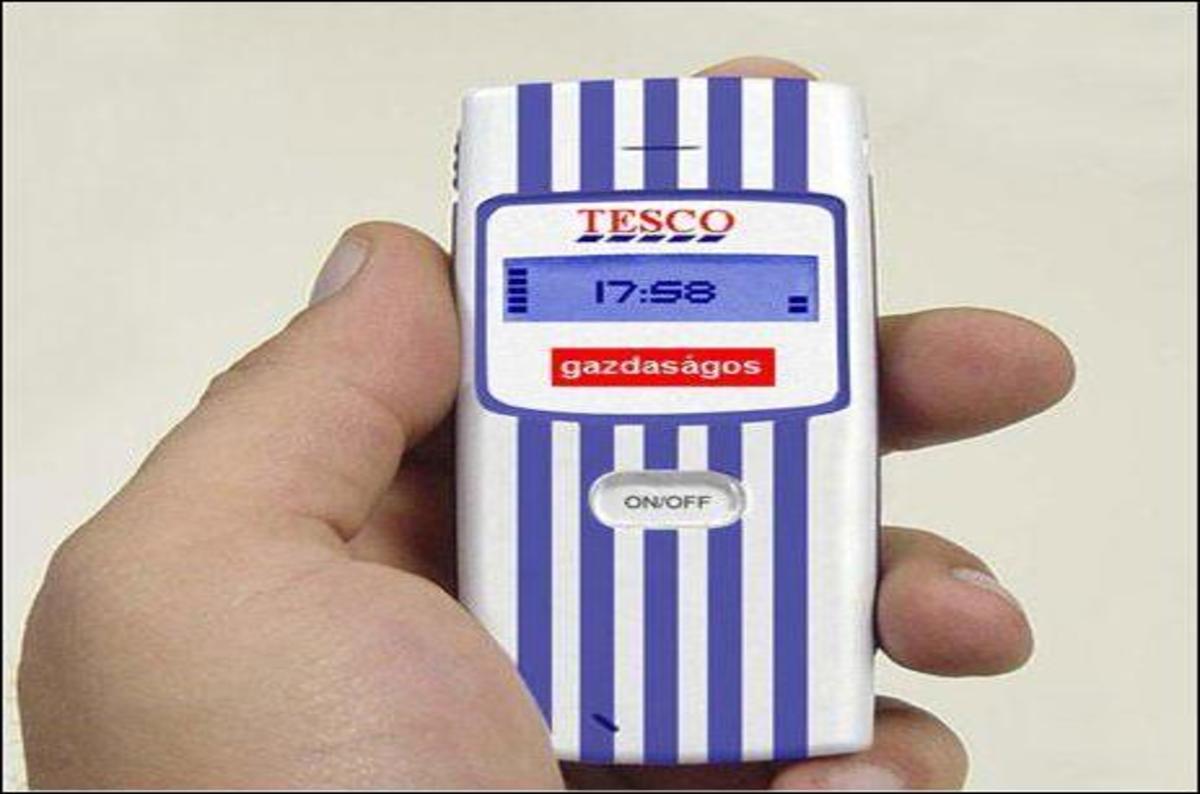Jun 18, 2019 Connect your RDP and SSH sessions, directly in the Azure Portal using a single click experience. Integrate and easily traverse existing security perimeter and firewalls using an HTML5 based web client that is automatically streamed to your local device, serving the RDP and SSH session over SSL on port 443.
Coolpad driver download for windows 10. Applies to: Windows Server (Semi-Annual Channel), Windows Server 2019, Windows Server 2016
You can deploy a Remote Desktop Connection Broker (RD Connection Broker) cluster to improve the availability and scale of your Remote Desktop Services infrastructure.
Pre-requisites
- Jul 04, 2019 Logon refers to an RDP logon to the system, an event that appears after a user has been successfully authenticated. It is an event with the EventID 21 (Remote Desktop Services: Session logon succeeded). This events are located in the “Applications and Services Logs - Microsoft - Windows - TerminalServices-LocalSessionManager- Operational”.
- RDP gives a graphical interface to a client to be able to associate with another PC, system or network. RDP servers are built on Windows OS, but can be enabled to other OS as well. If you have a RDP server pre-installed and you want to connect a new system with it, make sure that the system installs rdp too.
Set up a server to act as a second RD Connection Broker—this can be either a physical server or a VM.
Set up a database for the Connection Broker. You can use Azure SQL Database instance or SQL Server in your local environment. We talk about using Azure SQL below, but the steps still apply to SQL Server. You'll need to find the connection string for the database and make sure you have the correct ODBC driver.
Step 1: Configure the database for the Connection Broker
- Find the connection string for the database you created - you need it both to identify the version of ODBC driver you need and later, when you're configuring the Connection Broker itself (step 3), so save the string someplace where you can reference it easily. Here's how you find the connection string for Azure SQL:
Codes rousseau driver download. In the Azure portal, click Browse > Resource groups and click the resource group for the deployment.
Select the SQL database you just created (for example, CB-DB1).
Benzing driver download for windows. Click Settings > Properties > Show database connection strings.
Copy the connection string for ODBC (includes Node.js), which should look like this:
Replace 'your_password_here' with the actual password. You'll use this entire string, with your included password, when connecting to the database.
- Install the ODBC driver on the new Connection Broker:
- If you are using a VM for the Connection Broker, create a public IP address for the first RD Connection Broker. (You only have to do this if the RDMS virtual machine does not already have a public IP address to allow RDP connections.)
- In the Azure portal, click Browse > Resource groups, click the resource group for the deployment, and then click the first RD Connection Broker virtual machine (for example, Contoso-Cb1).
- Click Settings > Network interfaces, and then click the corresponding network interface.
- Click Settings > IP address.
- For Public IP address, select Enabled, and then click IP address.
- If you have an existing public IP address you want to use, select it from the list. Otherwise, click Create new, enter a name, and then click OK and then Save.
- Connect to the first RD Connection Broker:
- In the Azure portal, click Browse > Resource groups, click the resource group for the deployment, and then click the first RD Connection Broker virtual machine (for example, Contoso-Cb1).
- Click Connect > Open to open the Remote Desktop client.
- In the client, click Connect, and then click Use another user account. Enter the user name and password for a domain administrator account.
- Click Yes when warned about the certificate.
- Download the ODBC driver for SQL Server that matches the version in the ODBC connection string. For the example string above, we need to install the version 13 ODBC driver.
- Copy the sqlincli.msi file to the first RD Connection Broker server.
- Open the sqlincli.msi file and install the native client.
- Repeat steps 1-5 for each additional RD Connection Brokers (for example, Contoso-Cb2).
- Install the ODBC driver on each server that will run the connection broker.
- If you are using a VM for the Connection Broker, create a public IP address for the first RD Connection Broker. (You only have to do this if the RDMS virtual machine does not already have a public IP address to allow RDP connections.)
Step 2: Configure load balancing on the RD Connection Brokers
If you are using Azure infrastructure, you can create an Azure load balancer; if not, you can set up DNS round-robin.

Create a load balancer
- Create an Azure Load Balancer
- In the Azure portal click Browse > Load balancers > Add.
- Enter a name for the new load balancer (for example, hacb).
- Select Internal for the Scheme, Virtual Network for your deployment (for example, Contoso-VNet), and the Subnet with all of your resources (for example, default).
- Select Static for the IP address assignment and enter a Private IP address that is not currently in use (for example, 10.0.0.32).
- Select the appropriate Subscription, the Resource group with all of your resources, and the appropriate Location.
- Select Create.
- Create a probe to monitor which servers are active:
- In Azure portal, click Browse > Load Balancers, and then click the load balancer you just created, (for example, CBLB). Click Settings.
- Click Probes > Add.
- Enter a name for the probe (for example, RDP), select TCP as the Protocol, enter 3389 for the Port, and then click OK.
- Create the backend pool of the Connection Brokers:
- In Settings, Click Backend address pools > Add.
- Enter a name (for example, CBBackendPool), then click Add a virtual machine.
- Choose an availability set (for example, CbAvSet), and then click OK.
- Click Choose the virtual machines, select each virtual machine, and then click Select > OK > OK.
- Create the RDP load balancing rule:
- In Settings, click Load balancing rules, and then click Add.
- Enter a name (for example, RDP), select TCP for the Protocol, enter 3389 for both Port and Backend port, and click OK.
- Add a DNS record for the Load Balancer:
- Connect to the RDMS server virtual machine (for example, Contoso-CB1). Check out the Prepare the RD Connection Broker VM article for steps on how you connect to the VM.
- In Server Manager, click Tools > DNS.
- In the left-hand pane, expand DNS, click the DNS machine, click Forward Lookup Zones, and then click your domain name (for example, Contoso.com). (It might take a few seconds to process the query to the DNS server for the information.)
- Click Action > New Host (A or AAAA).
- Enter the name (for example, hacb) and the IP address specified earlier (for example, 10.0.0.32).
Configure DNS round-robin

The following steps are an alternative to creating an Azure Internal Load Balancer.
- Connect to the RDMS server in the Azure portal. using Remote Desktop Connection client
- Create DNS records:
- In Server Manager, click Tools > DNS.
- In the left-hand pane, expand DNS, click the DNS machine, click Forward Lookup Zones, and then click your domain name (for example, Contoso.com). (It might take a few seconds to process the query to the DNS server for the information.)
- Click Action and New Host (A or AAAA).
- Enter the DNS Name for the RD Connection Broker cluster (for example, hacb), and then enter the IP address of the first RD Connection Broker.
- Repeat steps 3-4 for each additional RD Connection Broker, providing each unique IP address for each additional record.
For example, if the IP addresses for the two RD Connection Broker virtual machines are 10.0.0.8 and 10.0.0.9, you would create two DNS host records:
- Host name: hacb.contoso.com , IP address: 10.0.0.8
- Host name: hacb.contoso.com , IP address: 10.0.0.9
Microsoft Rdp Certificate
Step 3: Configure the Connection Brokers for high availability
Microsoft Rdp Protocol
- Add the new RD Connection Broker server to Server Manager:
- In Server Manager, click Manage > Add Servers.
- Click Find Now.
- Click the newly created RD Connection Broker server (for example, Contoso-Cb2) and click OK.
- Configure high availability for the RD Connection Broker:
- In Server Manager, click Remote Desktop Services > Overview.
- Right-click RD Connection Broker, and then click Configure High Availability.
- Page through the wizard until you get to the Configuration type section. Select Shared database server, and then click Next.
- Enter the DNS name for the RD Connection Broker cluster.
- Enter the connection string for the SQL DB, and then page through the wizard to establish high availability.
- Add the new RD Connection Broker to the deployment
- In Server Manager, click Remote Desktop Services > Overview.
- Right-click the RD Connection Broker, and then click Add RD Connection Broker Server.
- Page through wizard until you get to Server Selection, then select the newly created RD Connection Broker server (for example, Contoso-CB2).
- Complete the wizard, accepting the default values.
- Configure trusted certificates on RD Connection Broker servers and clients.
Buy RDP to have access to a different desktop using a remote desktop protocol. The RDP service provided by OperaVPS is admin access, and there are no limitations to this service. OperaVPS RDP service is provided with 99.99% uptime.
Freely surf the Internet without any restrictions, run your applications, prepare your configurations, and pass different restrictions. OperaVPS offers dedicated static IP and dedicated resources on RDP (Remote Desktop) service.
Microsoft Rdp Licensing
OperaVPS RDP service is provided in 12 locations over the globe. The RDP locations offered by OperaVPS are Netherlands, France, Germany, USA (Florida, Texas, Los Angeles, Chicago, New York, New Jersey), Poland, UK (London, Manchester), and Canada (Montreal).
Microsoft Azure Rdp Price
Purchase RDP from OperaVPS with different payment methods like Perfect Money PM, Credit Cards, PayPal, and Cryptocurrencies like Bitcoin (BTC), Ethereum (ETH), Tether (USDT), Ripple (XRP), Litecoin (LTC), and Monero (XMR).

Comments are closed.